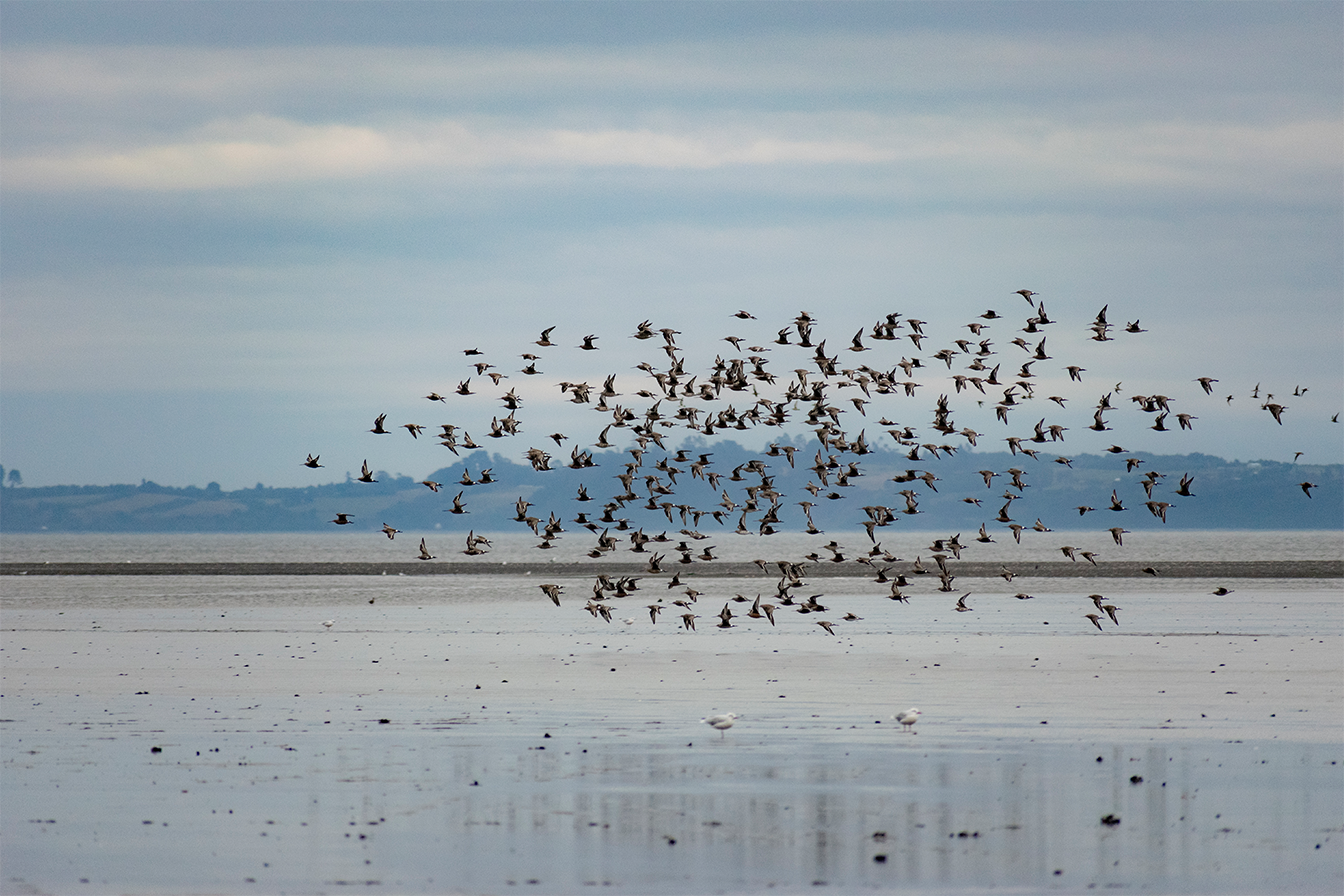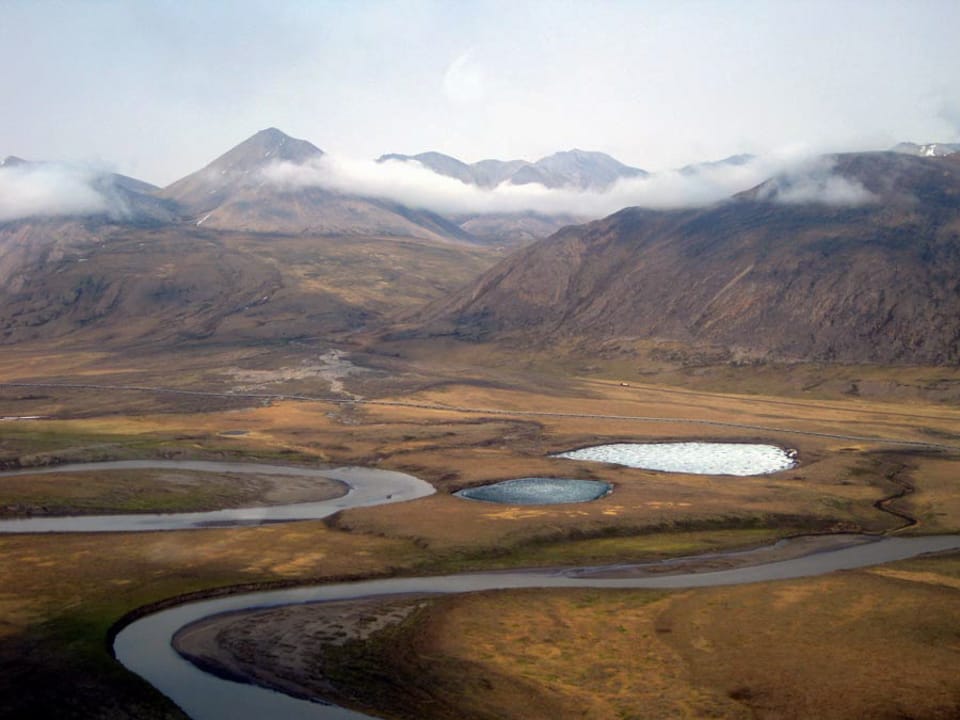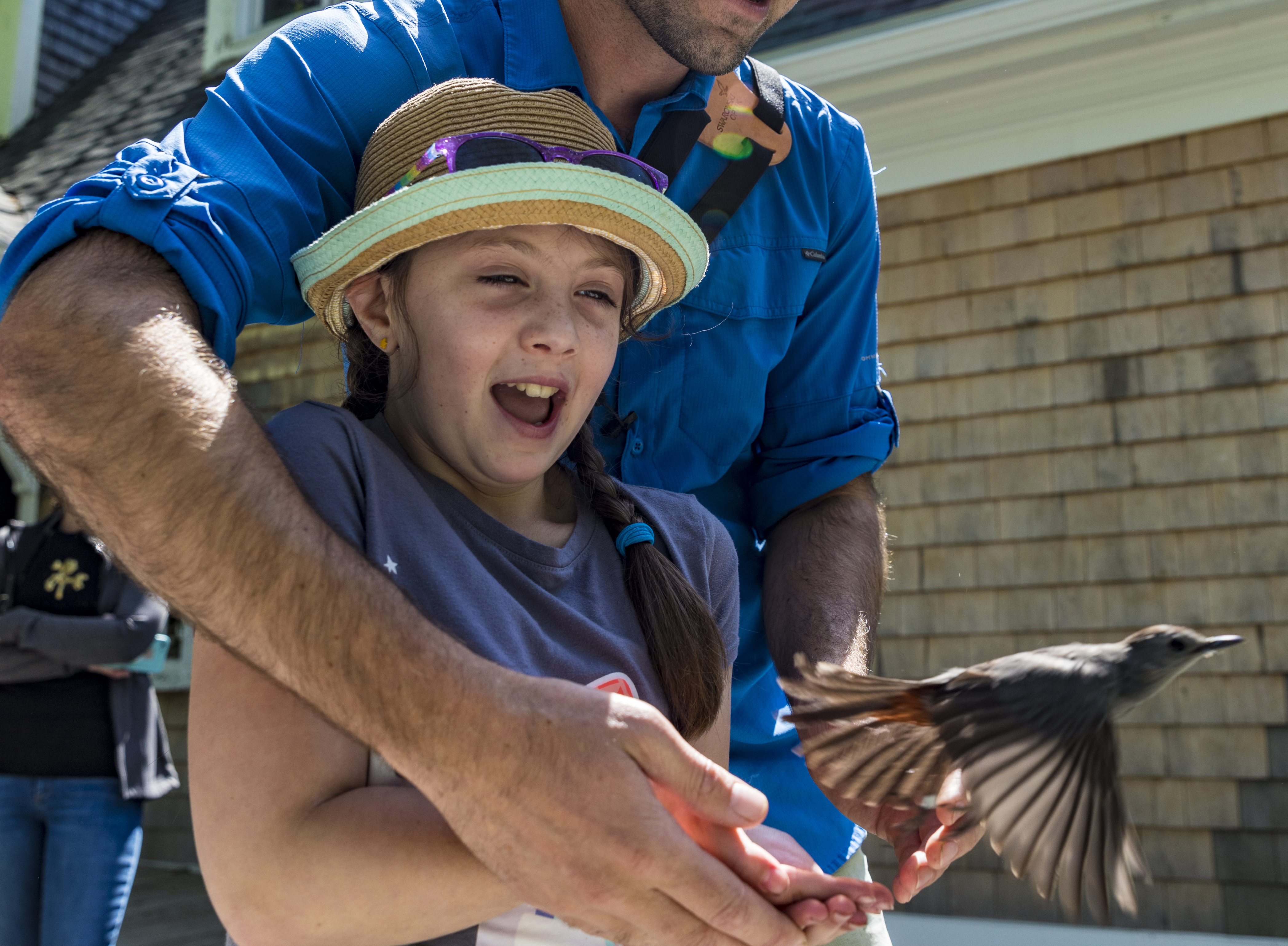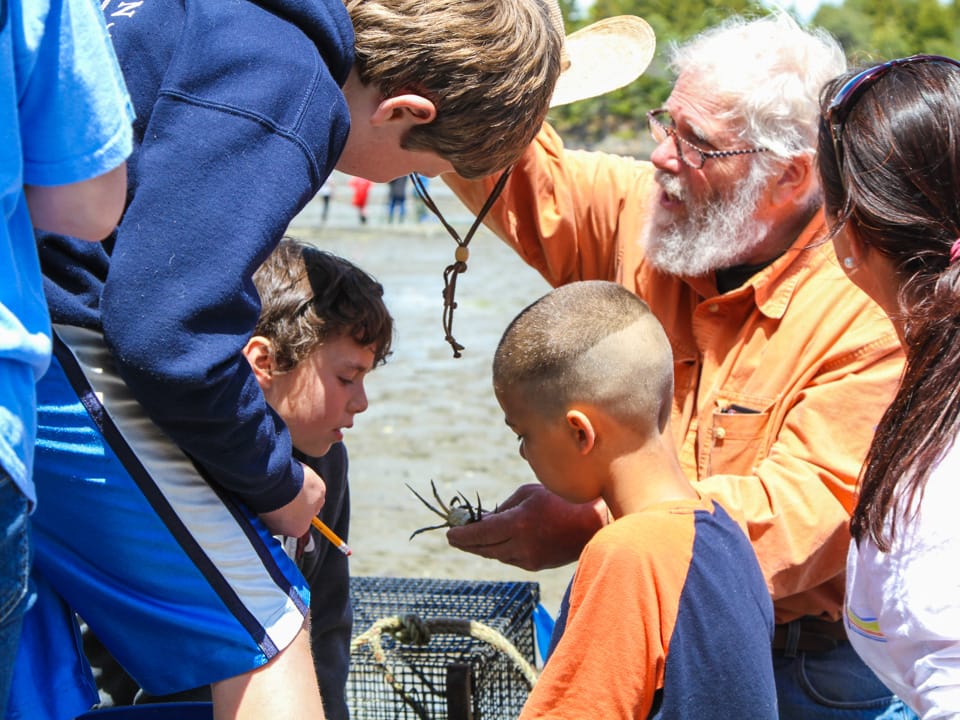Andrea Ferreira
Science Communications Manager
For everyone in the shorebird world, September is a very exciting month. Each year on September 6, World Shorebirds Day is celebrated. We go out to count shorebirds, raise awareness through campaigns and community engagement, and celebrate, learn, and refuel to continue our conservation efforts. At Manomet Conservation Sciences, this work is at the heart of who we are. Our teams work to reverse population declines, restore coastal ecosystems, and empower the next generation of conservationists. But we don’t do it alone.
We reached out to partners and emerging conservationists from across the Americas to hear in their own words why this work matters and what gives them hope.
Ariadna Medina Silverio. Small Grants Program Alum – (Mexico)
What drew you to shorebird conservation?
After completing my undergraduate degree, I had the opportunity to collaborate on a shorebird conservation project in Bahía de Ceuta, Sinaloa. Under the guidance of Dr. Medardo Cruz and Dr. Clemens Kupper, I explored the population dynamics of plovers in the region. I learned about their behaviors, the importance of banding, and population monitoring. This experience not only helped me understand the critical value of ongoing research for the conservation and restoration of these ecosystems, but it also fascinated me to see how these birds are able to survive and reproduce despite limited water and food availability in their habitat.
What gives you hope for the future?
It gives me hope to see that years of scientific data collection are leading to the designation of key sites as protected areas, which in turn fuels restoration projects. I’m also inspired by the growing interest among young students to get involved in shorebird conservation, which ensures a new generation of advocates for these ecosystems.
Deb Barreiro. Coastal Permit Coordinator, Georgia Department of Natural Resources – (Georgia, USA).
What keeps you grounded in this work?
Living on the coast means that shorebirds are a part of my daily routine. Habitat conservation is a guiding tenet and an important component in my work as a coastal resource manager. I would say my favorite shorebird species is the one that I’m looking at any given moment. Taking time to appreciate all shorebirds in their habitat makes me happy.
How do you find hope in the future?
One thing that gives me hope is the conversations I hear locally between residents and visitors who notice shorebirds and engage in discussions with curiosity and an open mind.
Sighting migrating shorebirds always reminds me of their connection to this place. I have seen changes over the past three decades when it comes to resource management, and to include recognition that we can always do better by engaging with multiple partners to share ideas and search for alternative approaches to daily actions.
Germán Montero. Director, Asociación Ambiente Sur (Argentina)
How has your community changed? What are you most proud of?
After 25 years of continuous work and collaboration, we have managed to stop the accelerated loss of this habitat and begin its slow recovery. People now know more about shorebirds and about how important the estuary is for the well-being of residents. Tools such as mascots and costumes of shorebird species — like Rufus, Rufina, and Pluvi (representing the Red Knot and the Magellanic Plover) — have been excellent messengers, helping the community connect with shorebirds, marvel at their incredible migrations, and learn about their life cycles.
Shorebirds connect the Americas in extraordinary ways. How do you see your local work contributing to this larger hemispheric network?
We feel that our contribution through conserving and protecting key sites for shorebirds and people in Río Gallegos, as well as other sites in southern Patagonia where we’re involved in, adds to the larger hemispheric work and efforts being carried out.
In that sense, we feel proud to be part of this international effort.
Eric Swanson. Advocacy Education Coordinator, One Hundred Miles – (Georgia, USA)
Can you share one of your favorite moments from the field?
I recently had a conversation with a family from Illinois and shared that a Great Lakes Piping Plover had made the same flight they had to Georgia. They were astounded. Little conversations like that activate people to care, and that is a very rewarding part of the work I do.
How do you involve local people — fishers, farmers, students, neighbors — in protecting shorebirds and their habitats?
If I can be genuine and showcase my passion in a way that builds trust, then we can work towards a good outcome for both people and birds. We are all in this together!
I have hope when I think about the future of shorebirds. Extremely smart and passionate people are working day in and day out at many different levels to create innovative solutions to conserve these vulnerable populations.
Gabriela Contreras, Red de Observadores de Aves y Vida Silvestre (Chile)
An unforgettable moment that you can share with us?
The deafening sound of wings as nearly 9,000 Hudsonian Godwits moved through the area searching for the perfect spot to rest. This was one of the most powerful moments and it was in the Chiloé Archipelago. That overwhelming sound helped me understand just how impressive these flocks are—and how fragile their migration can be without safe coastal wetlands where they can stop, feed, and recover.
What changes or successes have you seen in your community or ecosystem thanks to shorebird conservation?
I’ve seen how both local schools and the broader community have shifted their mindset. Children, teachers, and neighbors now recognize many shorebird species, understand their migrations, and know that each of us can help protect these ecosystems. More people take part in censuses and monitoring—even when it involves long walks, mud, and stray dogs—which shows how local engagement continues to grow. In Coihuín, while there’s not yet official protection or formal management, I believe that raising awareness of the site’s importance is a key first step. Seeing the community value the wetland and its birds more each year is one of the most motivating accomplishments I’ve witnessed.
Rosemary Murtagh Petrone, Georgia Coastal Bird Ambassadors – (Tybee Island, USA)
How did you first get involved with shorebird conservation, and what drew you to this work?
After settling into my new life on Tybee Island, I retired and started my daily routine of walking the beach. At first, it was the sunrise that drew me to the beach, but it wasn’t until I noticed the incredible number of birds that I realized I was truly captivated by them. I stumbled upon a Facebook post about an upcoming Georgia Coastal Bird Ambassadors Meet & Greet invitation for volunteers, and it seemed like the perfect fit for me.
What’s a moment in the field that has stayed with you—one that reminds you why this work matters?
One morning, while I was out on the beach counting birds, a mom and her kid came over to chat. I explained why I was counting, and since I had seen him earlier chasing some birds, I had the chance to tell him that the birds were just taking a break on their long journey. He agreed that we should leave them alone. He had a bunch of questions and was super excited to help me count.
What gives you hope when you think about the future of shorebirds and the places they depend on?
The Georgia Coastal Bird Ambassadors are all over the island, and they’re always up to something new and exciting. They even got the local school involved. Maybe one of the kids will become a bird lover or activist. And the birds keep coming back to Tybee Island. I think for the most part the people here respect their space.
United by Flight, Connected by Purpose
What connects a group of people relaxing on a beach in Georgia to a student in Chile, or a conservation leader in Patagonia to a young researcher in Mexico? The answer lies in the remarkable birds whose epic migrations unite the Western Hemisphere.
This World Shorebirds Day, we’re proud to celebrate the voices across our network, and we’re grateful to be in this work together.
If these stories moved you, consider supporting No Boundaries, Manomet’s campaign to expand shorebird conservation across the hemisphere. Every gift helps us strengthen the network of people and places that shorebirds rely on.
Donate today and be part of the movement without borders.


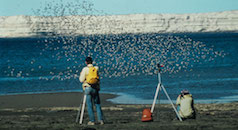
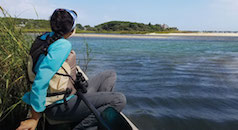
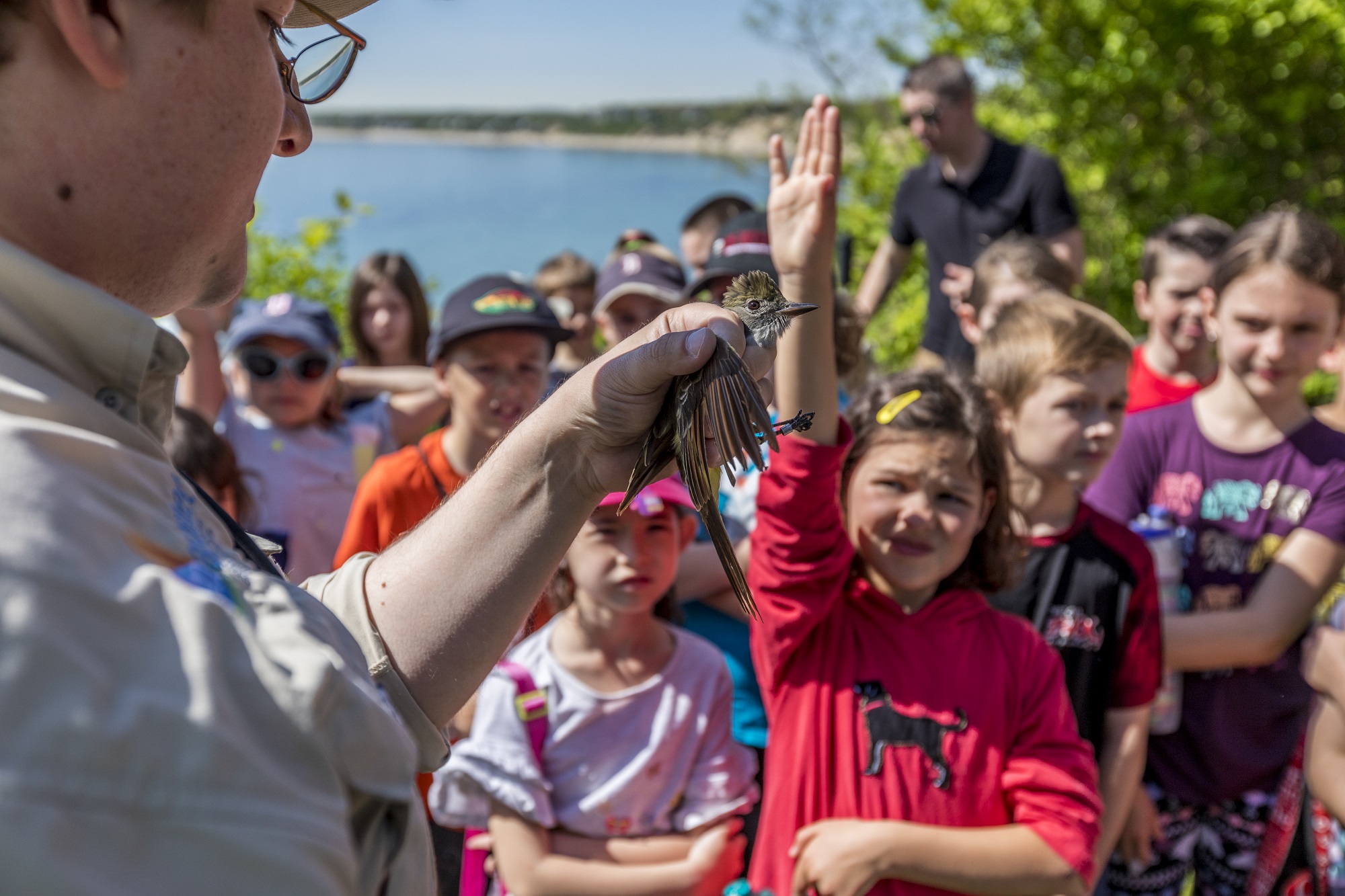
 Back to all
Back to all